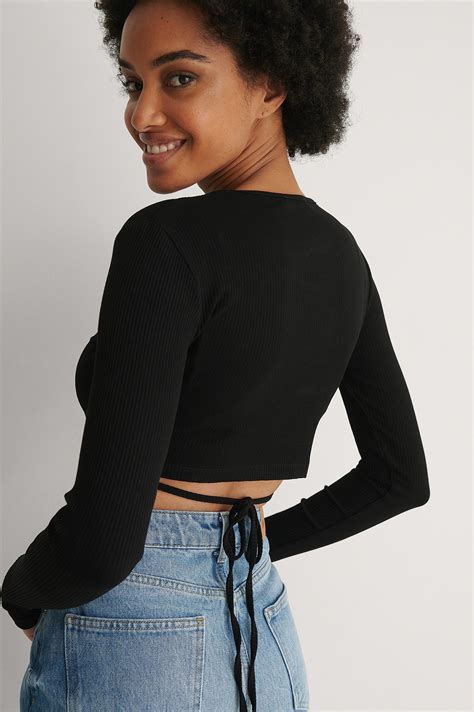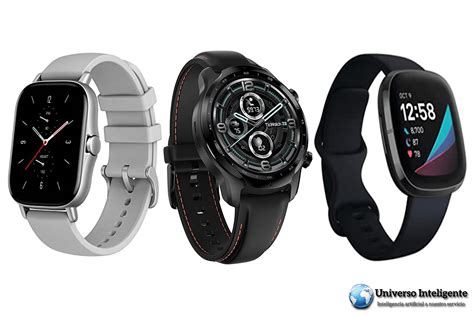In the pursuit of strength and fitness, many lifters often overlook the crucial role that appropriate gym gear plays in both optimizing performance and safeguarding against injuries. While sheer effort and proper form are paramount, the right equipment can provide an invaluable edge, offering support, stability, and enhanced grip where it’s needed most. But with a dizzying array of products on the market, how do you discern what’s genuinely beneficial from what’s merely a gimmick?
The Foundation: Specialized Footwear
Your feet are the literal foundation of almost every lift. Regular running shoes, designed for cushioning and forward motion, are ill-suited for heavy lifting. They often have soft, compressible soles that absorb force, leading to instability during squats, deadlifts, and overhead presses. Investing in dedicated weightlifting shoes, characterized by their elevated, incompressible heel and flat, sturdy sole, can dramatically improve your form and power transfer.
The raised heel allows for greater ankle dorsiflexion, facilitating a deeper, more upright squat by improving mobility and reducing strain on the lower back. The rigid sole ensures that all force generated is transferred directly into the ground, creating a stable platform for maximal lifts. This enhanced stability not only boosts performance but also significantly reduces the risk of wobbling or losing balance under heavy loads.
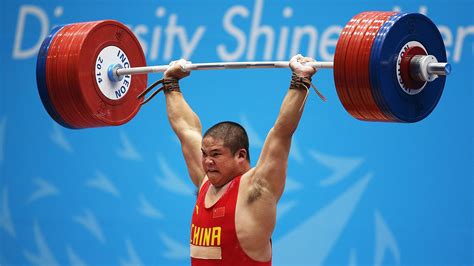
Core Support: Lifting Belts
Often misunderstood, a lifting belt isn’t just for ‘weak backs’ – it’s a powerful tool for intra-abdominal pressure generation. When used correctly (bracing against the belt), it helps to stabilize your lumbar spine and core during heavy compound movements like squats, deadlifts, and overhead presses. By increasing intra-abdominal pressure, the belt acts as a rigid wall around your spine, reducing shear forces and creating a more stable torso.
This increased stability allows you to brace harder, lift more weight, and maintain better form throughout the movement, thereby boosting performance. Crucially, it also provides proprioceptive feedback, reminding you to keep your core tight and engaged, which is a key factor in preventing spinal injuries during heavy lifts.
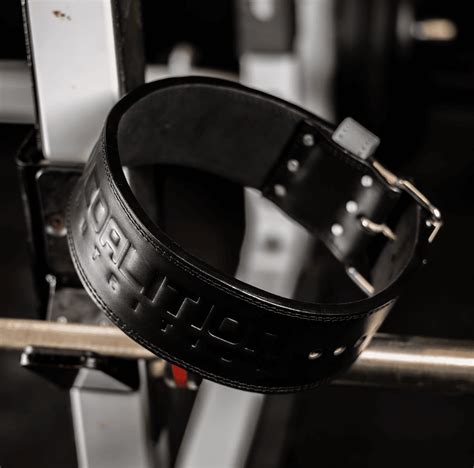
Joint Protection: Wraps, Sleeves, and Tape
Joint support gear comes in various forms, each serving a specific purpose. Knee sleeves, for instance, provide warmth and compression to the knee joint, which can increase blood flow, reduce swelling, and offer a sense of security during squats and leg presses. While they don’t provide significant structural support like wraps, the compression can improve proprioception and may offer a slight rebound effect out of the bottom of a squat.
Wrist wraps, on the other hand, offer more direct support to the wrist joint during pushing movements like bench presses and overhead presses, or pulling movements that stress the wrist. They help keep the wrist in a more neutral position, reducing hyperextension and distributing the load more effectively, which can prevent strain and injury over time. Similarly, elbow sleeves can offer warmth and compression for the elbow joint during presses and pulls.
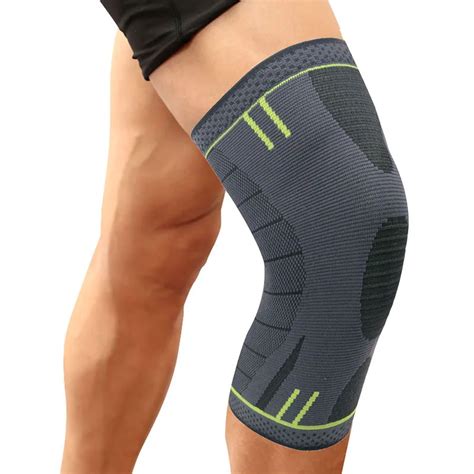
Grip Enhancement: Lifting Straps and Chalk
Your grip can often be the limiting factor in lifts like deadlifts, rows, and heavy shrugs, even when your back and legs are strong enough to handle more weight. This is where lifting straps become invaluable. By wrapping around the barbell and your wrist, straps essentially take your grip out of the equation, allowing you to focus on the larger muscle groups and pull heavier loads for more repetitions. This can be a significant performance booster for hypertrophy and strength development in the back and hamstrings.
Chalk (magnesium carbonate) also serves a similar purpose, albeit less dramatically. It absorbs moisture from your hands, increasing friction between your skin and the bar. This improves grip security, especially during high-rep sets or in humid environments, reducing the chance of the bar slipping and potentially causing a dropped weight or injury.
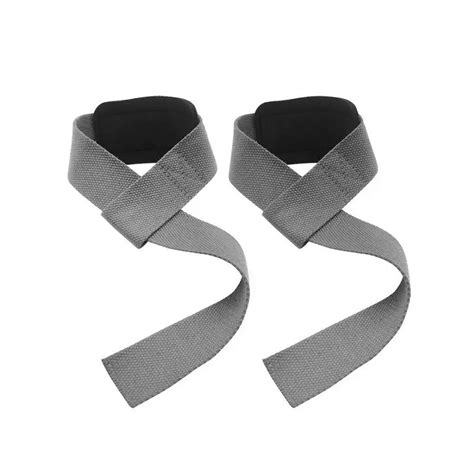
Smart Apparel and Accessories
Beyond the core support items, even your choice of clothing can impact performance and comfort. Breathable, moisture-wicking fabrics help regulate body temperature, keeping you cooler and drier, which can prevent chafing and maintain focus during intense workouts. Compression gear, while its performance benefits are debated, can offer a sense of support and may aid in recovery by improving blood flow.
Other small accessories like quality workout gloves (for reducing calluses and improving grip on certain equipment) or even a well-designed gym bag can contribute to a more efficient and enjoyable training experience. While these might not directly prevent catastrophic injuries, they enhance comfort and consistency, indirectly supporting long-term performance and injury avoidance by keeping you engaged and motivated.

Making Informed Choices
Ultimately, the best gym gear is not about accumulating every gadget, but about identifying what specific tools will address your individual needs, enhance your training, and protect your body. Always prioritize proper form and technique, but don’t underestimate the complementary role that well-chosen equipment can play. Invest wisely in items that genuinely support your performance goals and injury prevention strategies, and you’ll build a more effective and sustainable lifting journey.

